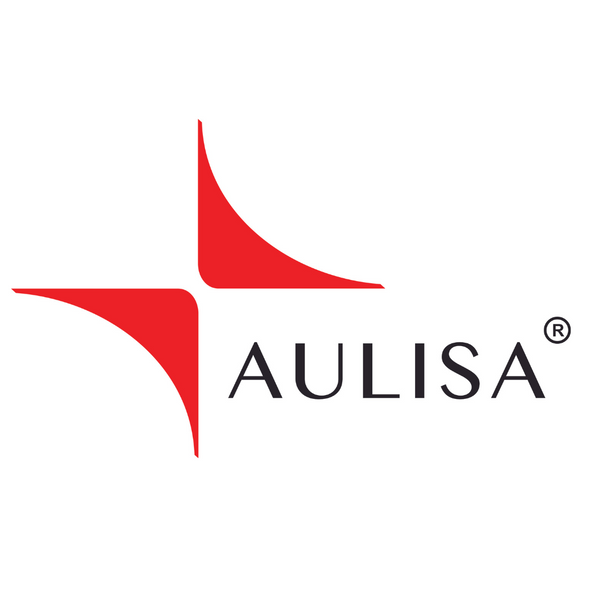As the COVID-19 pandemic continues to pose a danger to societies across the world, there is another untold story that is now increasingly affecting global health, silent hypoxia. Despite the medical risks that this life-threatening mystery poses to the human body, there is limited awareness of this condition. So, what do we need to know about silent hypoxia and how is the world taking notice?
Silent hypoxia is defined as a condition where an individual has alarmingly lower oxygen saturation level than anticipated (approximately 50–80% saturation, while the anticipated saturation level is 95% or higher), however, the individual does not experience any breathing difficulty (1).
Leading to this oxygen starvation, silent hypoxia is known to be a complication of COVID-19. Multiple bodies of research show that the ability to detect this silent form of hypoxia in COVID-19 patients before they begin to experience shortness of breath is critical for preventing the pneumonia from progressing to a dangerous level (2). Medical experts and clinicians have been researching this condition heavily to emphasize the importance of clinical examination to potentially save lives.
Monitoring Vital Signs to Save Lives
The key is being able to detect this initial drop in oxygen saturation levels so that patients infected with COVID-19 who begin to suffer from pneumonia can be detected very early on and put on a treatment plan to prevent the lungs from deteriorating further and avoid necessary treatments with highly invasive procedures such as intubation and mechanical ventilation, a procedure which currently results in an 80% mortality rate for COVID-19 patients (2).
So, the critical question becomes; how can we intervene in an early state?
UN’s World Health Organization Responds
Multiple publications are showing that COVID-19 patients use pulse oximetry at home to spot deterioration. In a global effort to combat this dangerous “post-pandemic” pandemic, the United Nations’ World Health Organization (WHO) has released its Response to COVID-19 Outbreak report.
This official report outlines the use of pulse oximetry in monitoring COVID-19 patients under home-based isolation and care. This means that patients with asymptomatic and mild COVID-19 infection can be isolated and managed at home, after the criteria for the WHO’s home-based isolation and care are fulfilled. Close monitoring of vital signs including blood oxygen saturation level (SpO2) is crucial to monitor patients, detect deterioration and danger signs that require prompt intervention.

Other bodies of research also show that it is possible to perform this early detection of silent hypoxia in COVID-19 patients using smartphones (3). As a matter of fact, oxygen saturation readings measured using smartphones correlate highly with readings obtained using medical-grade pulse oximeters.

Life-Changing Partnership
This is where our partnership with Avantech comes in. Avantech is a huge multinational IOT technology company, based in Taiwan, with international operational/sales organizations globally. We’re pleased to announce that Avantech is taking Aulisa to their world-wide distribution network.
As continuous Sp02 monitoring is a must, we will be serving patients with our Guardian Angel®® monitoring systems that can help healthcare providers monitor for signs and symptoms associated with the virus. Our non-invasive solution is the only FDA Cleared wireless monitoring and alarm system approved for adults and children for in-home use, providing continuous vital sign monitoring; oxygen saturation levels, heart rate and temperature (optional).
Peace of Mind at Home
If you’re looking to use your smartphone to monitor vital signs at home, our FDA-Cleared technology is available with our newly launched Aulisa GA1000 Lite. The real-time vitals are visible on your smartphone, within the Aulisa Lite App. Our device also includes early detection Visible & Audible Alarms.
In closing, it’s important to note that silent hypoxia is not an early symptom that occurs in COVID-19 patients, therefore monitoring blood oxygen levels should not be a form of self-detection for the virus. Decreased oxygen saturation levels could be a sign of COVID-19, but it can also be a sign of other health issues that must be discussed with a medical professional*.
*Please reach out to your healthcare professional for personalized, medical advice as this article is meant for educational and promotional purposes.
References:
- Levitan R. Pulse oximetry as a biomarker for early identification and hospitalization of COVID-19 pneumonia. AcadEmerg Med. 2020;27(8):785–786.
- Teo J. Early Detection of Silent Hypoxia in Covid-19 Pneumonia Using Smartphone Pulse Oximetry. J Med Syst. 2020;44(8):134. Published 2020 Jun 19.
- Torjesen I. Covid-19: Patients to use pulse oximetry at home to spot deterioration BMJ 2020; 371

